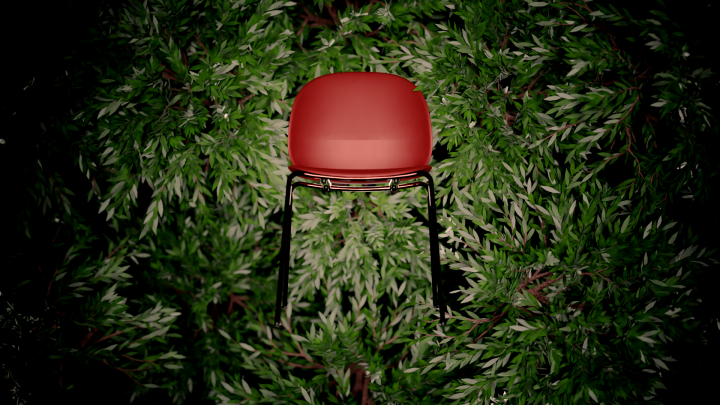Design icons from Fritz Hansen
Fritz Hansen is the traditional company from Denmark. The company became known through its collaboration with Arne Jacobsen and the furniture he designed for the SAS Hotel in Copenhagen, including the Swan (Swan ™), the Egg (Egg™ Chair ") and the Drop (Drop™ Chair). Other hits are the chairs of the 7™ series (Chair 3107), the Ant (Ant™) or the Grand Prix (Grand Prix™). The Fritz Hansen Kaiser Idell™ lamps by designer Christian Dell from the 1930s is also a classic in black from the house of Fritz Hansen, the lamps are produced as floor, pendant and table lamps and are considered an icon of German engineering. You can find more lamps by renowned product designers and the Ro™ armchair, a cosy 1½-seater by the young designer Jaime Hayon, in your pro office shop.
The company Fritz Hansen
In 1872, the carpenter Fritz Hansen received a trading licence in Copenhagen. Three years later, he founded his own furniture manufacturing company in the centre of the capital. Hansen and his son Christian furnished several important buildings in Copenhagen, including the city hall. Christian Hansen experimented with bending beech wood under steam. In the 1930s, Fritz Hansen was one of the world's leading companies in steam bending technology. Furniture made of plywood became their trademark. Fritz Hansen also produced the first Danish furniture made of steel and, until 2004, the famous church chair by Kaare Klint. The 1950s were dominated by Arne Jacobsen. In 1960, the factory was expanded to include a showroom, rooms for administration and three additional factory halls. Apart from Arne Jacobsen's chairs, the China™ chair by Hans Wegner was one of the great successes of this decade.
Innovative paths since the 1970s
The family business broke new ground in the 1970s through its collaboration with the pop artist Verner Panton. Panton's innovative furniture at Fritz Hansen includes the Cone chair and armchairs from the 1-2-3 series. From 1979, 75 percent of the company's shares were owned by Skandinavisk Holding. In 1999, the new, modern factory in the town of Vassingerød was opened, together with an exhibition space and a Fritz Hansen museum. The production capacity for stacking chairs was expanded enormously. At the turn of the millennium, the management introduced the Republic of Fritz Hansen™ concept, the homely expression of individuality in private homes and public spaces. Young artists such as Kasper Salto (*1967) brought new materials and multifunctional design, including the Fritz Hansen NAP™ KS60 armchair, which offers excellent seating comfort in all positions, or the NAP™ KS50 stacking chair, which has proven to be a real all-rounder in offices, conference rooms and private spaces. NAP means Normal, Active and Passive Sitting. In 2015, the new edition of the 7™ series chairs followed and the purchase of the Danish lighting manufacturer Lightyears, which produces the Kaiser Idell™ luminaire for Fritz Hansen.
Fritz Hansen lights for ceilings, walls and tables
Another classic luminaire by Jo Hammerborg is the Orient pendant lamp from 1963, while the Concert™ by Jørn Utzon is reminiscent of the famous Sydney Opera House he built. From the younger generation of designers comes the Fritz Hansen Avion™ by Iskos-Berlin, which is reminiscent of a zeppelin. The Calabash™ pendant lamp was designed by Komplot Design. The Bulb Fiction™ pendant lamp by KiBiSi immediately visualises the classic light bulb. The Lullaby™ by Monica Förster radiates grace and opalescence. With the Dogu™, ceramicist Michael Geertsen developed an exceptionally sculptural pendant lamp. The romantic Fritz Hansen Night Owl™ by Nicholai Wiig also scores in private rooms. The Suspence™ luminaires by GamFratesi focus the light and avoid glare. Hans Sandgren Jakobsen has designed the stylish Radon™ lamp, which can be folded away. Anne Qvist has designed the practical AQ01™ desk lamp. The Caravaggio™ by Cecilie Manz also shines upwards.



